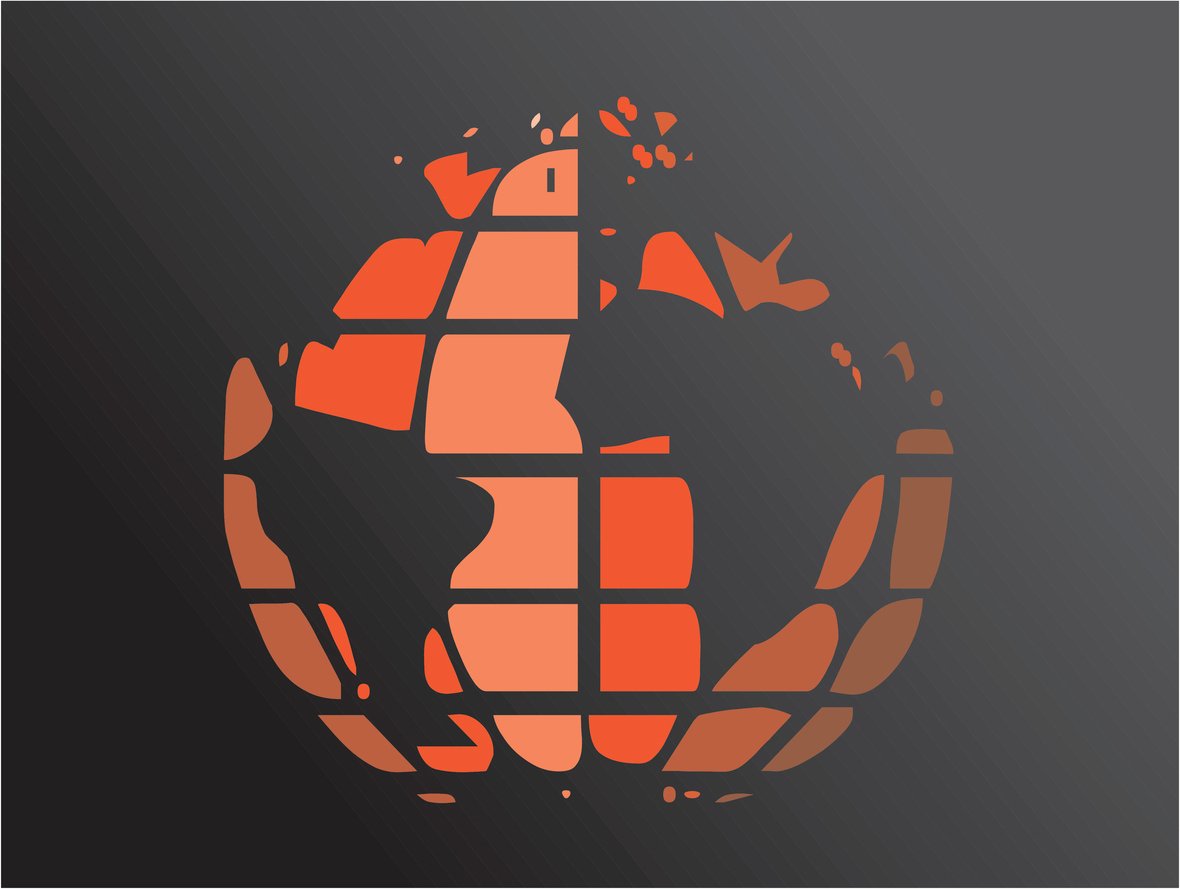Few organizations are driven by a bolder mission than RTI International, a research institute dedicated to improving the human condition across the planet. RTI International's 2,600 researchers, scientists and technicians are deployed in more than 40 countries, undertaking projects in the areas of health and pharmaceuticals, education and training, survey and statistics, advanced technology, democratic governance, economic and social development, energy and the environment.
The wide range of projects draws upon the institute's extraordinary depth of multidisciplinary resources and most are funded by various federal agencies. For example, RTI International was funded by the United States Agency for International Development (USAID) to establish local governance systems in postwar Iraq.
While adept at satisfying client needs, the institute was challenged by the need to better understand, identify and manage the risks posed by its diverse scope of work. "The question asked by our board of governors was the types of risks RTI faces," says Ward Sax, the institute's vice president, treasurer and chief risk officer. "Because our organization and our work is so deep and broad, answering such an extraordinary question was not easy at the time."
Recommended For You
That was in 2005, months before Sax was appointed and charged by the board with creating a comprehensive enterprise risk management (ERM) program. Previously, risk was managed informally at the business unit level, with little or no centralized risk reporting. "We needed to understand the critical risk drivers across the great number of projects we undertake, and develop ways to report these risks to management for mitigation," Sax says. "We also wanted an enterprise view of risks to understand where we had similar risks throughout the organization, which would allow us to adopt best practices."
The ERM program, led by Jennifer MacKethan, senior manager of ERM, was launched in November 2005. With consulting firm Grant Thornton's help, RTI conducted an initial risk assessment, based in good part on a Web-based questionnaire that solicited responses regarding business unit risks. "We took that information and conducted 30 follow-up management interviews," MacKethan says. "We then conducted two executive leadership team focus group sessions to identify, refine and finalize the key risk areas we faced, distilling this down to eight areas for comprehensive evaluation."
Working groups composed of 31 key risk stakeholders and functional representatives were established for each of the eight key risk areas. Such "risk owners," as Sax calls them, were culled from a wide swath, from accounting and corporate security to human resources and treasury. Through 2006 and into 2007, each group assessed the current state of risk in its area, identified gaps in risk mitigation processes, examined best practices and then implemented improvements to the existing process. Altogether, the eight working groups created 97 tasks, of which 91 percent have been completed. Tasks ranged from creating records retention policies and procedures to reviewing RTI's original 160 risk management policies and procedures to reviewing the project lifecycle for international work to identify potential risks and bottlenecks in the process.
Since the ERM program's launch, it has consistently advanced solutions to each task presented, often exceeding expectations. With its main client, the U.S. Government, potentially facing budget cutbacks because of financial bailout of Wall Street, the strategy is assisting RTI International to address changing market conditions. Says Sax, "We expect an impact from the bailout, but believe we can react with agility to it, taking corrective actions to overcome the obstacles. Information is power."
© Touchpoint Markets, All Rights Reserved. Request academic re-use from www.copyright.com. All other uses, submit a request to [email protected]. For more inforrmation visit Asset & Logo Licensing.



